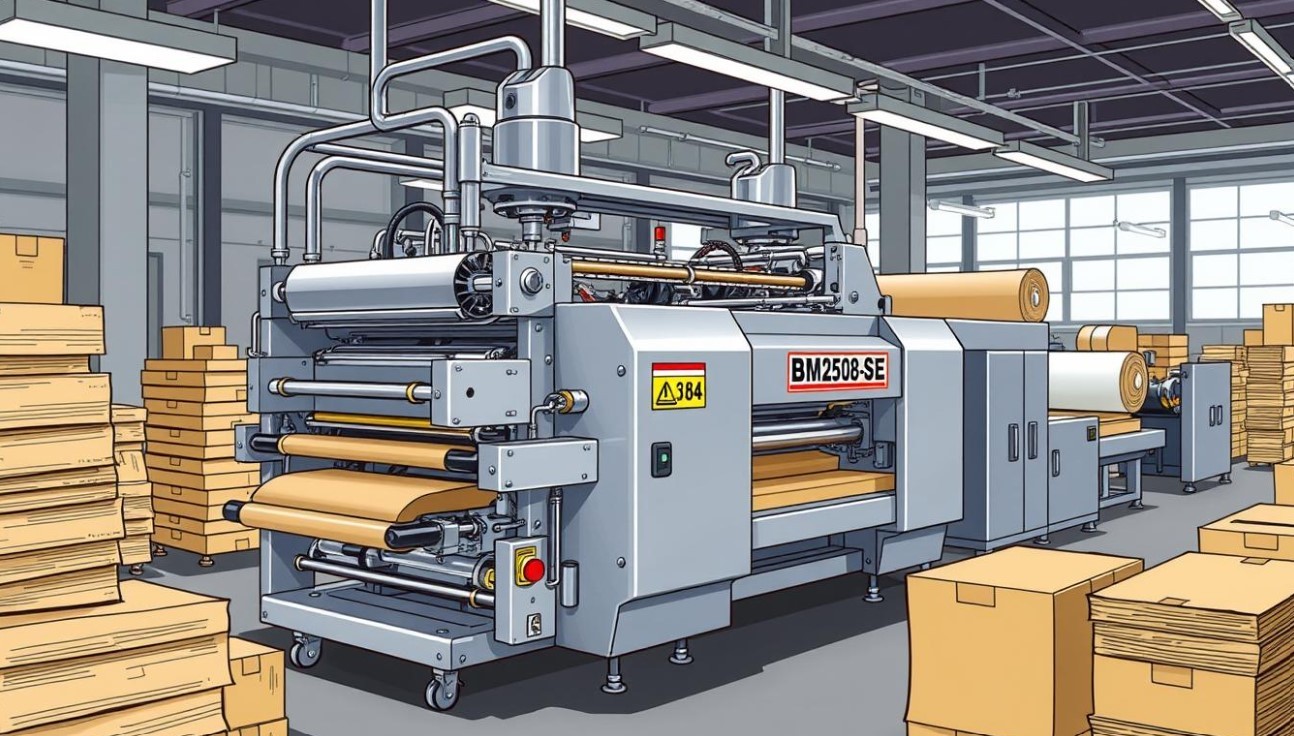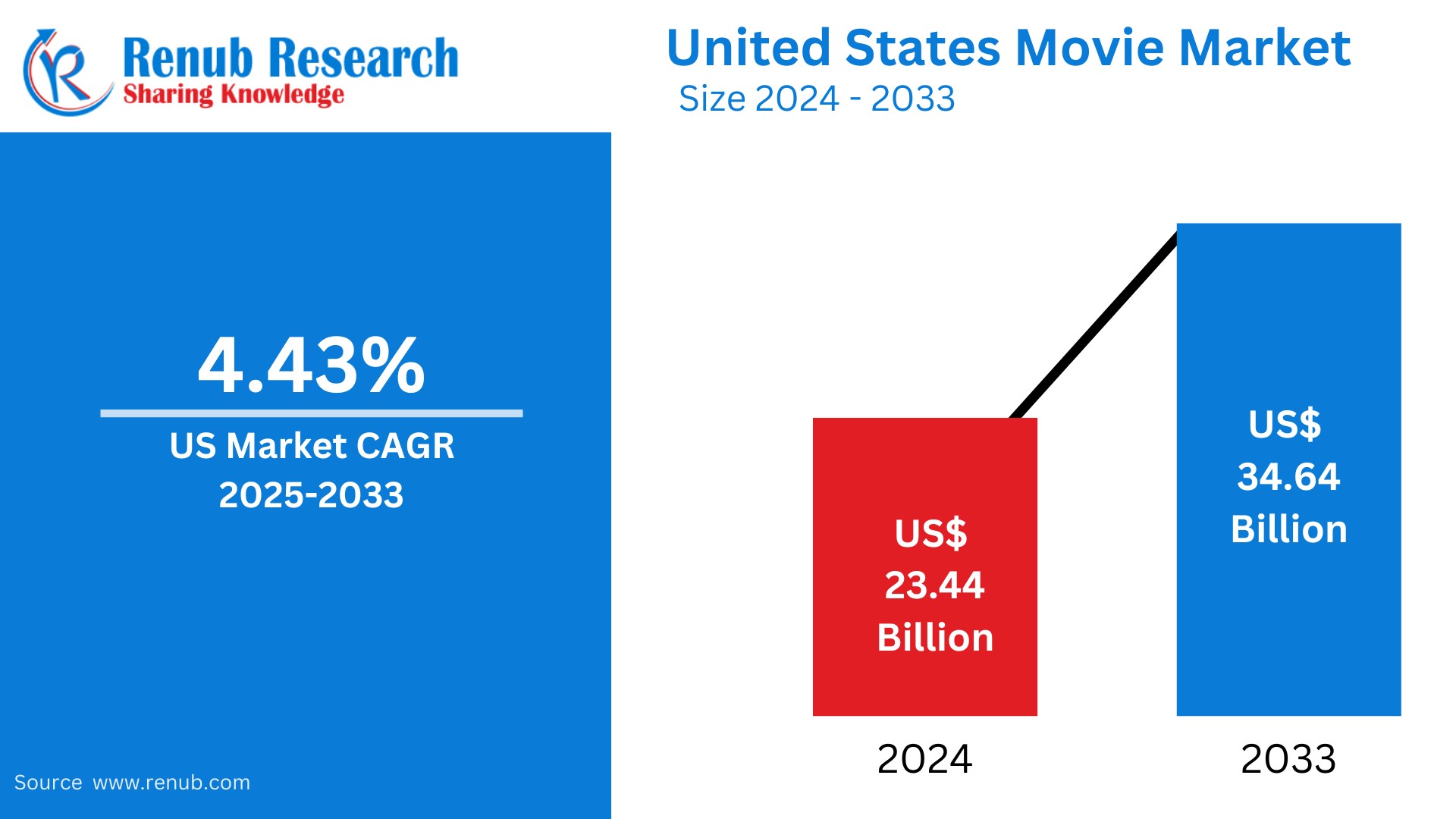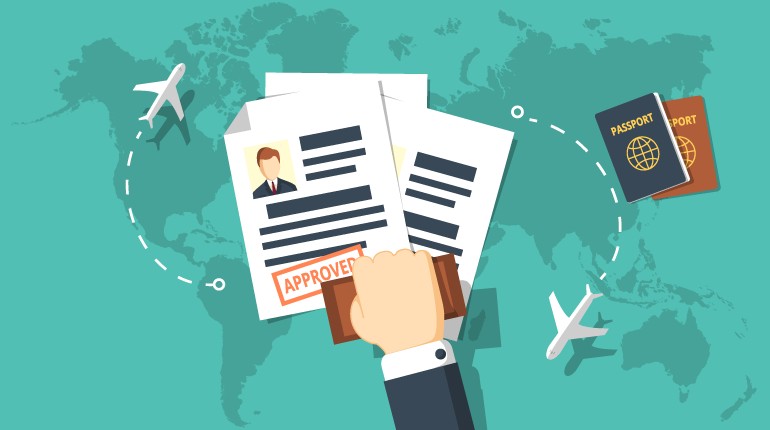Corrugated boxes are ubiquitous in packaging due to their durability, versatility, and cost-effectiveness. The production of these boxes requires specialized machinery that can efficiently process corrugated board and transform it into various box configurations. This article delves into the world of corrugated box making machine, exploring their types, components, and the manufacturing process.
Types of Corrugated Box Making Machines
- Flat Cut and Crease (FCC) Machines: These machines are primarily used for producing flat corrugated sheets with cut and creased lines. They are ideal for box manufacturers who assemble boxes manually or semi-automatically.
- Slotter Die-Cutters: These machines combine the functions of cutting and creasing, creating slots and die-cuts in the corrugated board. They are suitable for producing a wide range of box styles, including boxes with irregular shapes or intricate designs.
- Rotary Die-Cutters: These high-speed machines are equipped with rotary dies that cut and crease the corrugated board in a continuous motion. They are ideal for large-scale production of boxes with consistent quality and high output.
- Flexo Folder Gluers: These machines combine the processes of printing, folding, and gluing in a single operation. They are used for producing boxes with printed graphics or logos.
- Offset Folder Gluers: Similar to flexo folder gluers, these machines combine printing, folding, and gluing. However, they use offset printing technology, which is often preferred for high-quality printing applications.
Components of Corrugated Box Making Machines
Corrugated box making machines typically consist of the following components:
- Feeders: These devices transport corrugated sheets into the machine for processing.
- Cutting and Creasing Units: These units use cutting and creasing tools to create the desired shapes and folds in the corrugated board.
- Folding Units: These units fold the corrugated sheets according to the specified box design.
- Gluing Units: These units apply adhesive to the flaps or other areas of the box, ensuring proper closure.
- Conveyor Systems: These systems transport the boxes through the machine and to the final packaging area.
- Control Systems: These systems control the operation of the machine, including speed, accuracy, and quality.
Corrugated Box Manufacturing Process
The manufacturing process for corrugated boxes typically involves the following steps:
- Corrugated Board Production: The corrugated board is produced by laminating a fluted sheet between two flat sheets.
- Sheet Feeding: The corrugated sheets are fed into the box making machine.
- Cutting and Creasing: The sheets are cut and creased to create the desired shape and folds.
- Folding: The sheets are folded according to the box design.
- Gluing: Adhesive is applied to the flaps or other areas to secure the box.
- Inspection: The boxes are inspected for quality and defects.
- Packaging: The finished boxes are packaged for shipment or storage.
Corrugated box making machines play a crucial role in the packaging industry, enabling efficient and cost-effective production of a wide range of box types. By understanding the different types of machines, their components, and the manufacturing process, businesses can make informed decisions about their equipment needs and optimize their box production operations.







